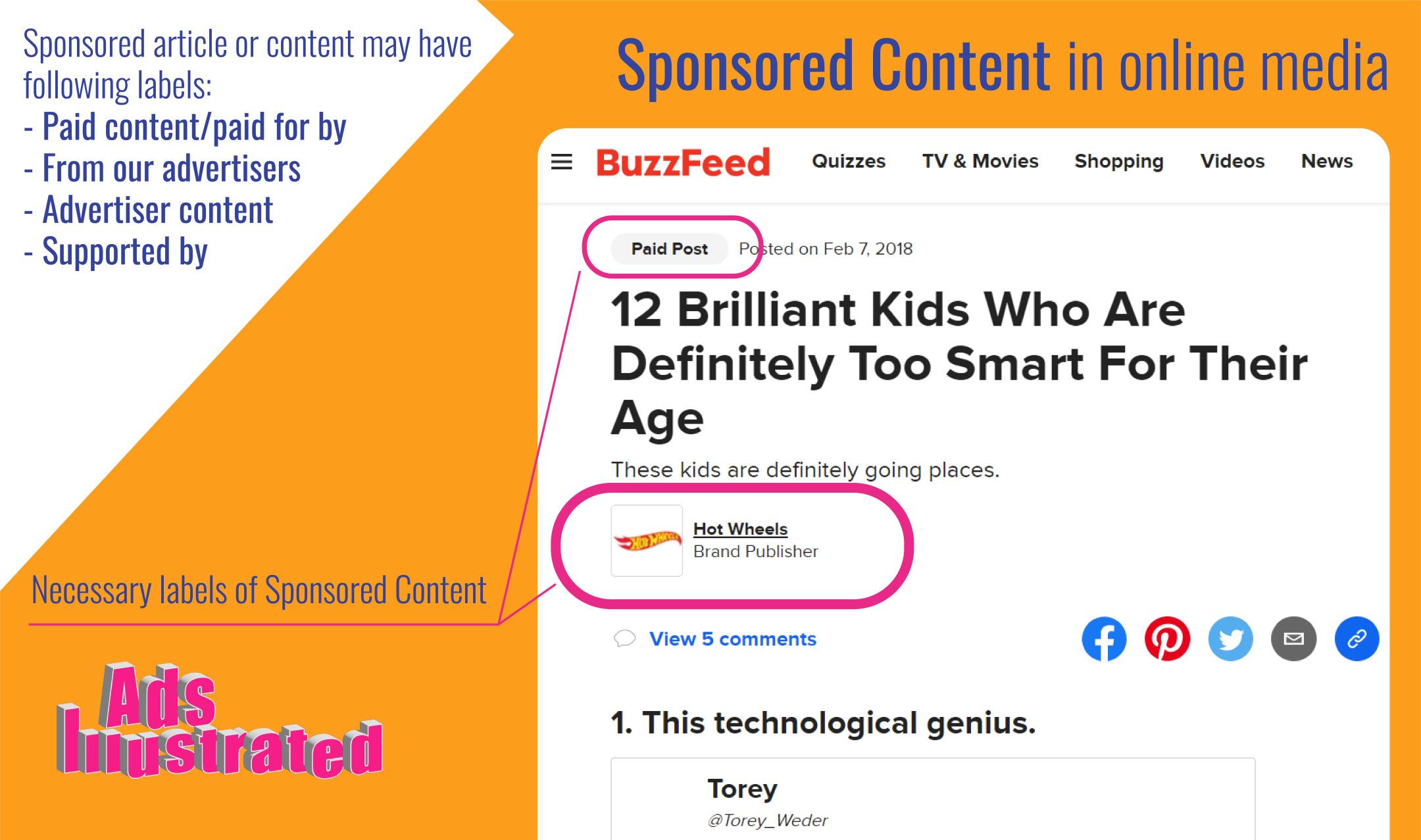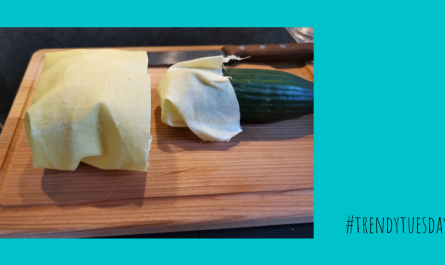
Hello to all fans of Native Advertising!
In the last part of my Guide we talked about Product Placement as a first type of Native Content. Today our discussion will tackle the second type.
Sometimes it’s not enough to just show a product in action to achieve the goals of advertising. It’s still important to say or write something directly (if you’re a pharma, you can’t do without it at all). The sponsored content allows for this.
Sponsored or also called affiliate content is a shift in the balance of collaboration towards the advertiser.
It is a type of content that is created jointly by the client and the publisher or by the publisher alone. Content is placed in an online publication on a mutually beneficial basis, either by barter or on a paid basis. The most common type of content is an article in an online media marked “Presented by”, “Brand Voice”, “Brand Publisher”, etc. In the spirit of transparency over who is paying for content – the Guardian has published its glossary of terms.
Besides distinguishing labels the article can be adapted to the website as much as possible. Sponsored content differs from the soulless “advertising break” by the fact that the content chosen for sponsorship is relevant to the brand, product and communication strategy. The content creator speaks to the audience on an interesting topic, as if at the suggestion of the advertiser and with his support. This removes most of the negativity: people understand that media live at the expense of advertising, but they appreciate when it is done with respect and sensitivity, and just interesting and clever.
By the way, according to research, users make little distinction between sponsored and editorial content and interact with both types of content in roughly equal proportions – 26% and 24% of readers respectively. In view of these statistics, there is a question about reader recognition of the nature of the information offered and, as a consequence, an ethical question about consumer misrepresentation and generates an endless battle against such “undercover advertising”. For example, Princeton University has developed a spy tool that “sees” content through the user’s eyes and notices “sponsored” tags, and analyses the picture or text and understands whether the publication is paid for.
By the way, can you remember the story when you were foolished by some smart article, thinking that all was for real, not for advertising? Tell me in comments!
I will tackle this ethical question of Native Advertising in the upcoming episodes next Friday, and now I offer you several examples of the best sponsored content in the world:
14 Examples of Sponsored Content: Best Illustrations of the Growing Paid Media Strategy




I was following my idol in instagram and always thought that his love to Samsung phone was real! But now I understand it was paid! These people have no shame at all!!!!
Oh, what a pitty! but you didn’t buy it, did you?)))
So, what happens if they don’t put these labels? Will they be sued?
Yes, apparently they can be, since it’s obligatory.
I think 99% of what I read today is advertising, so I can only rely on Tolstoy and Pushkin haha!
Hm, it’s an interesting question if a sponsored ad existed in 19 century in Russia!)
Sometimes when I read all the recommendations websites I think it’s all paid)
there is still a hope that some recommendations come from the bottom of customers’ heart!
Ok, will be watching carefully now!
Deal!
Yes, it is a bit frustrated when you see only at the end that it is written paid by the sponsor.